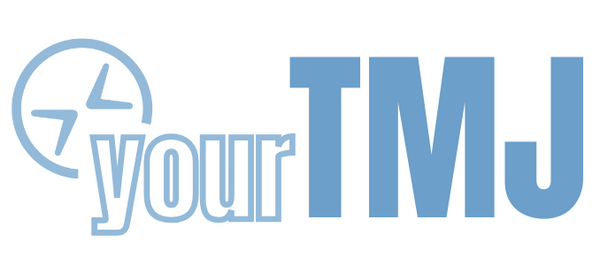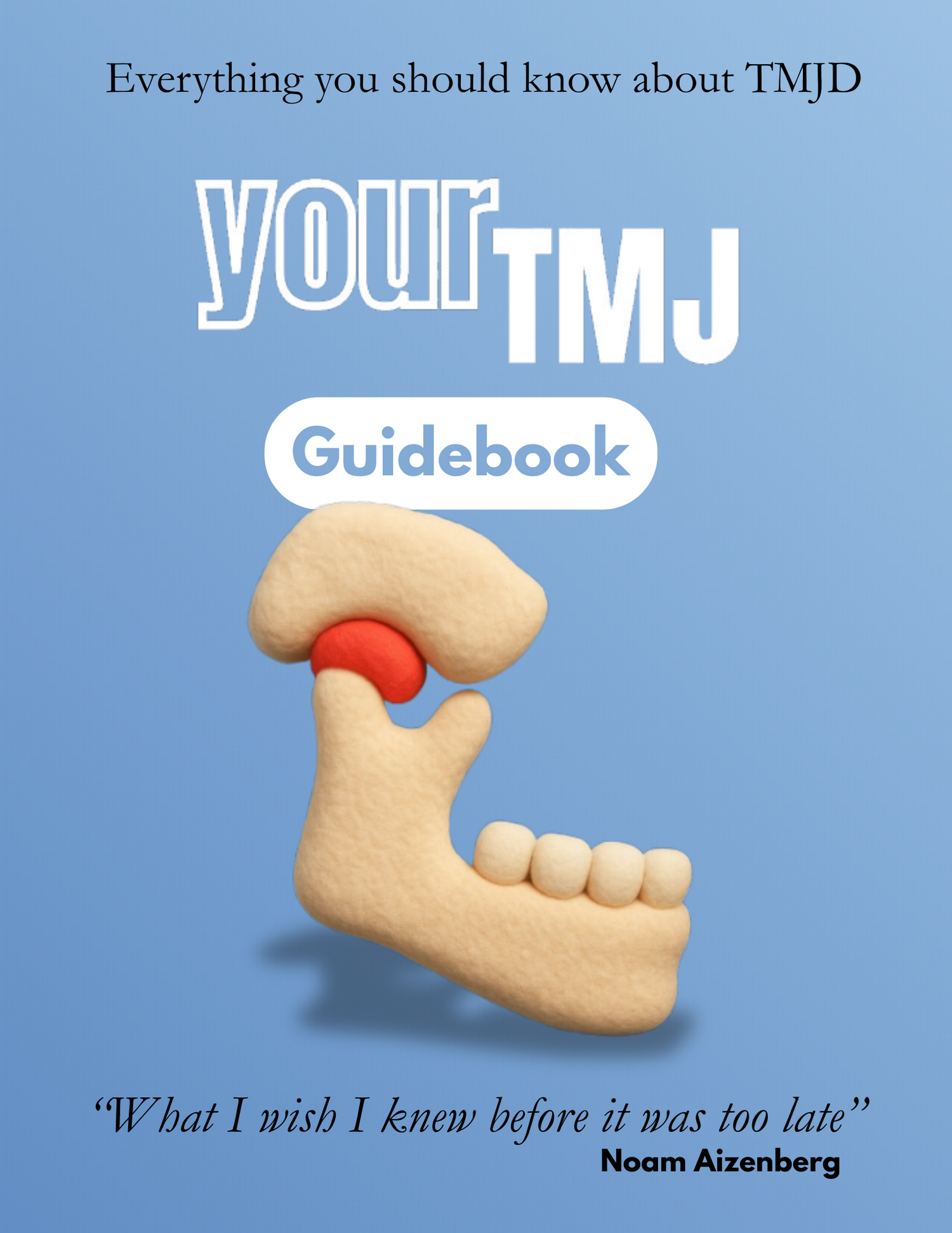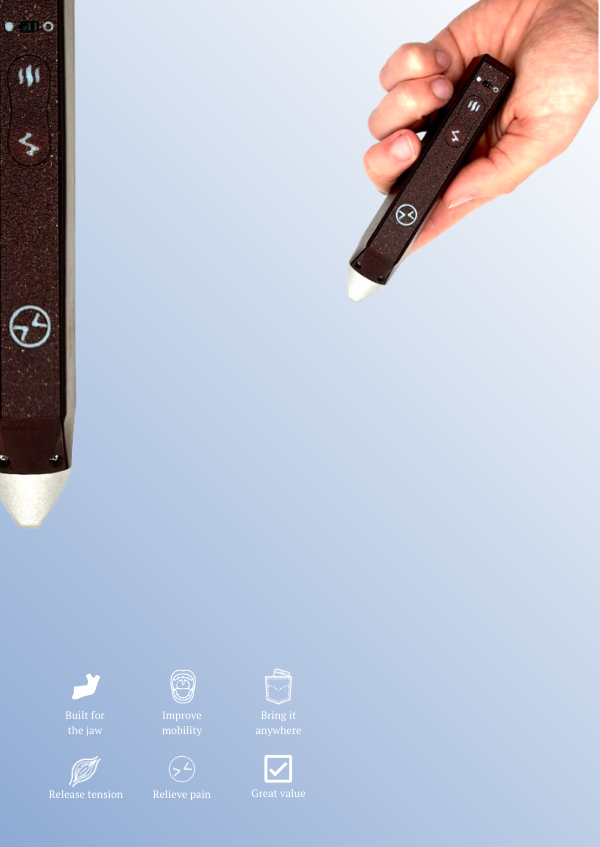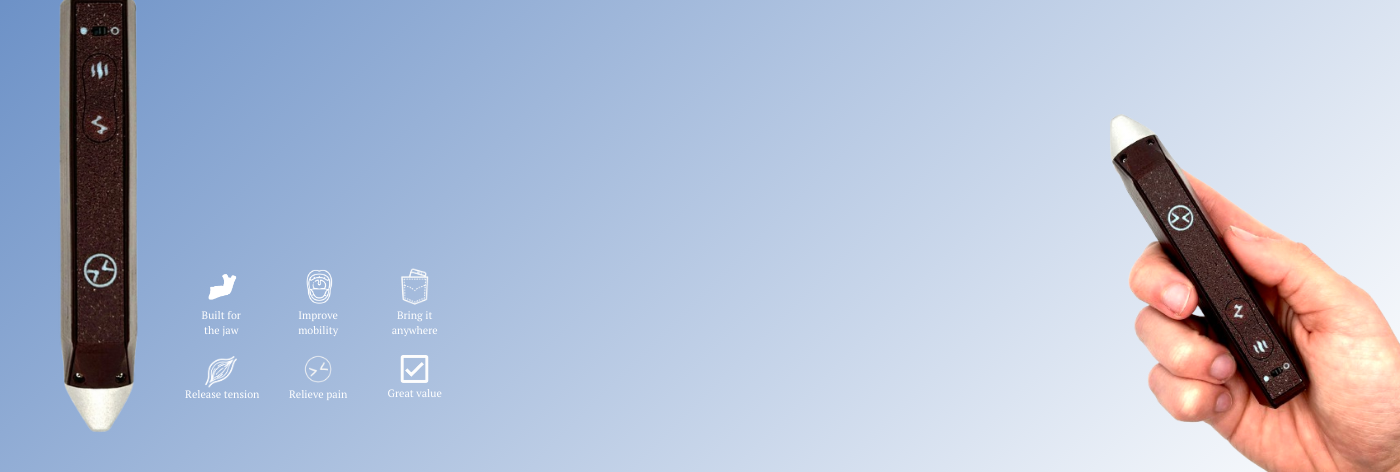How to Fix TMJ Fast
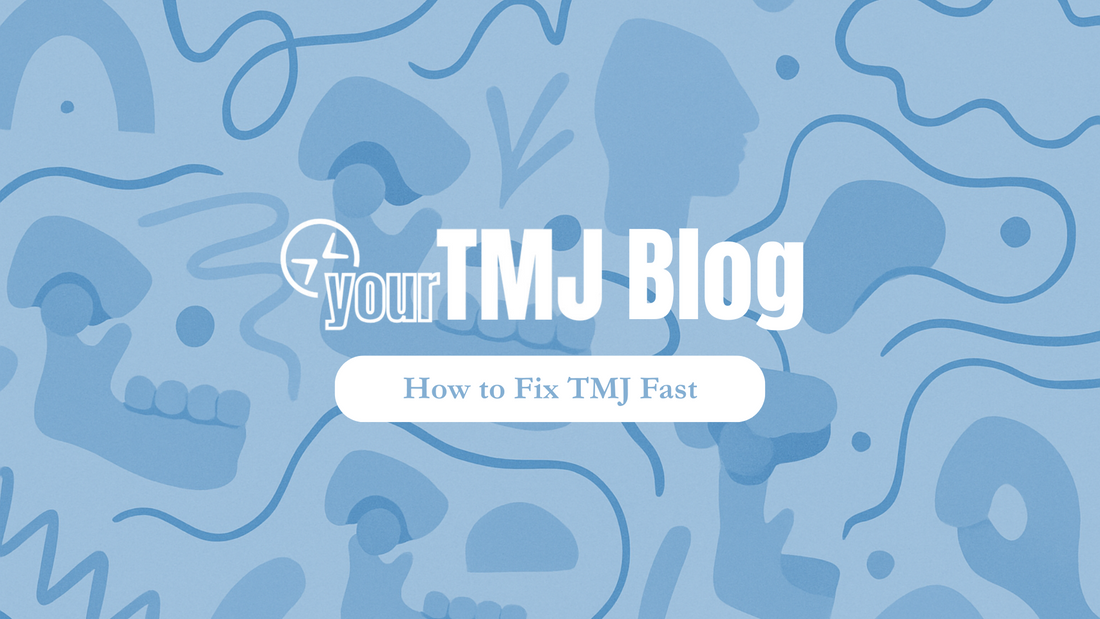
Let’s be honest: when your jaw hurts, clicks, locks, or gives you headaches and ear pressure, you don’t care about the long-term plan—you just want it to stop. Now. So it’s fair to ask: how can I fix my TMJ fast?
Here’s the truth. There’s no overnight fix for TMJ Disorder, especially if the root cause is structural or has been building for years. But that doesn’t mean there’s nothing you can do right now. In this article, we’re going to go over the best ways to get quick relief—and then explain how to make sure the pain doesn’t come back. If you want a much deeper dive into all this, there’s a free 76-page guidebook at the end that covers the full picture.
What You Can Do Today to Get Relief
These aren’t magic, but they’re backed by real mechanics. They give you the best shot at interrupting the pain cycle quickly:
1. Adjust Your Jaw Posture
Most people rest with their jaw too far back—especially when sitting, working, or sleeping. This compresses the joint and irritates tissues behind the disc. Try this instead:
-
Keep your lips sealed
-
Tongue lightly suctioned to the roof of your mouth
-
Teeth slightly apart
-
Lower jaw just a few millimeters forward from where it usually rests
This small shift can reduce pressure on the joint and allow irritated tissues to calm down. If I'm being honest, I always feel the need to mention this method - because it's just so low risk and so high reward... but to be fair it isn't the fastest you'll find on the list. Getting used to a new postural baseline can take weeks, so here are some alternatives in the meantime.
2. Apply Heat to Your Jaw Muscles
Use a heating pad or wrap for 10–15 minutes on each side of your jaw. Or even better, microwave a hot mug of water/tea so you can use the bottom ridge to apply simultaneous massaging pressure. Heat boosts blood flow, improves local metabolism, reduces muscle tension, and can help release trigger points. Avoid ice unless there’s specifically acute (not chronic) inflammation.
3. Pills
NSAIDs (non-steroidal anti-inflammatory drugs) like naproxen or ibuprofen may be good in cases of a flare up. There are also over the counter steroidal creams, anti-inflammatories, and muscle relaxants that may help.
4. Massage the Right Muscles
Target your masseter, temporalis, and (if you can reach it) your lateral pterygoid. These muscles often hold tension that radiates into the jaw, ear, and temples. Use slow, circular motions with moderate pressure. You can also gently stretch your jaw open and to the sides if that feels good.
5. Stop the Things That Are Making It Worse
This part’s easy to skip, but it’s critical. Avoid:
-
Clenching or grinding your teeth (especially during stress)
-
Gum, chewy foods, or nail biting
-
Leaning your head on your hand or sleeping on your back
Every time you overload your jaw, it restarts the inflammation cycle. You’ve got to stop feeding the fire.
If You’re Prioritizing Speed Over Cost or Risk
Now, if your main concern is speed—and you’re okay with spending more or taking on some risk—there are faster-acting clinical options you can consider:
-
Botox: For cases driven by muscle overactivity, Botox can relax the masseter and temporalis or sometimes even the lateral pterygoids quickly. It doesn’t fix the cause, but it can reduce symptoms fast if you respond well to it. But Botox requires reinjection every couple months and can rack up the costs.
-
Arthrocentesis or Arthroscopy: These procedures flush the joint or remove scar tissue, which can offer noticeable relief within days if your symptoms are joint-related. These are surgeries so beware, but they're definitely a lot less invasive than open joint surgery or TMJ replacement.
-
Custom Splints: A properly designed splint that decompresses the joint can sometimes relieve pressure quickly. But often times they do require readjustment, and they do offer higher risk (since some doctors look to permanently change the bite so look out for those) and much higher cost.
But again, these options aren’t cheap, they’re not always covered by insurance, and they don’t work for everyone. If you care more about long-term results and avoiding unnecessary risks, conservative methods are still the better bet.
For a deeper breakdown of when and how to use each of these approaches, check out the guidebook at the end.
But Here's the Catch
Quick relief is great—but if you don’t fix the underlying issue, the pain will be back. Sometimes worse.
So while pills, heat, massage, and botox can give you relief today, long-term progress comes from retraining your jaw mechanics, promoting TMJ movement, fixing muscle imbalances, and developing better habits. These things take time, but I always recommend Physical Therapy as something any TMD patient should start ASAP.
What to Do Next
If you’re serious about fixing your TMJ—not just numbing it—you need a game plan that actually treats the system. That’s why I wrote a 76-page guidebook. It explains how to tell what kind of TMJ you have, what treatments actually work, and exactly what to start doing (or stop doing) based on your symptoms.
So yes, you can feel better fast. But the real win is not needing quick fixes anymore.
